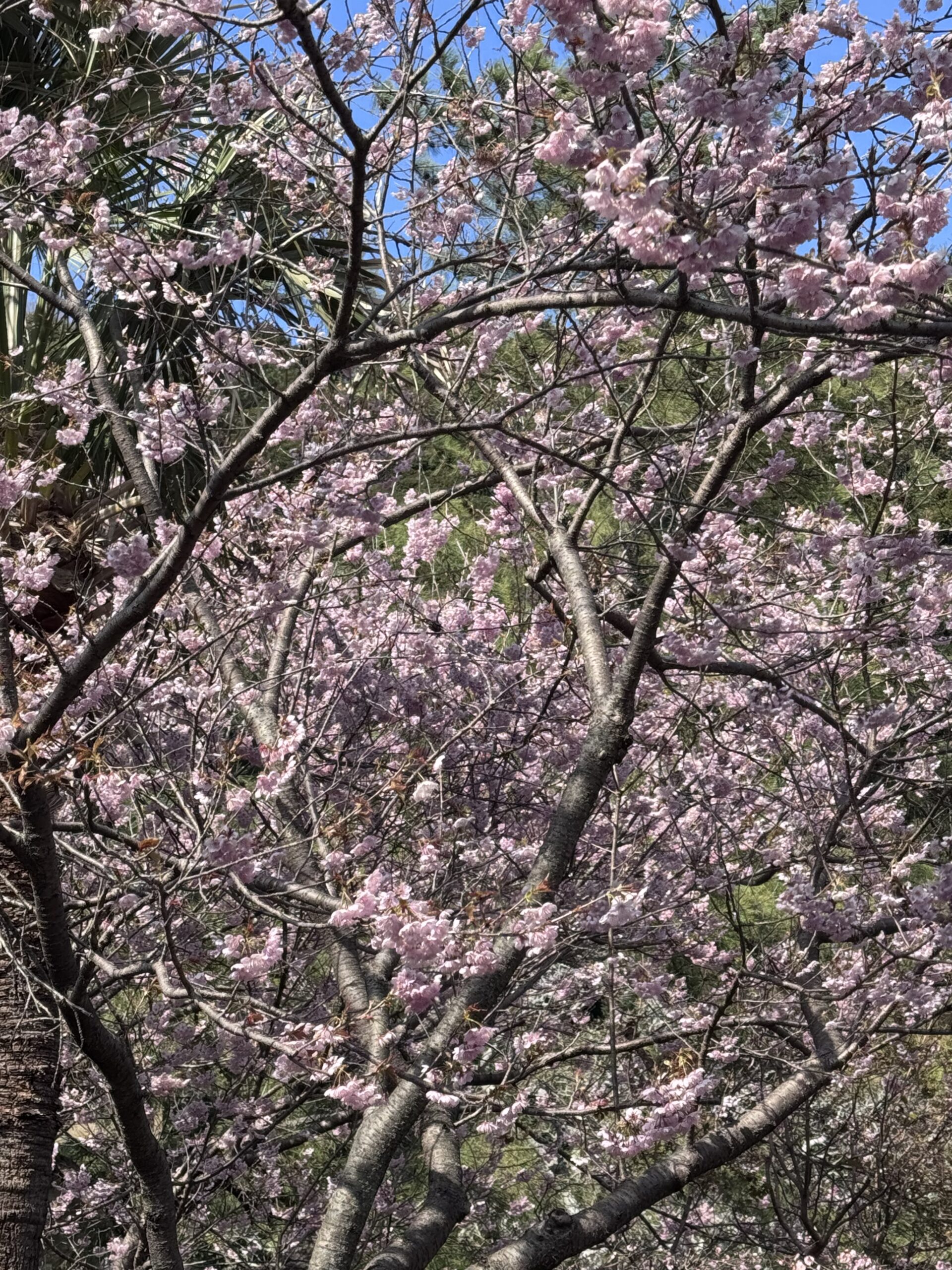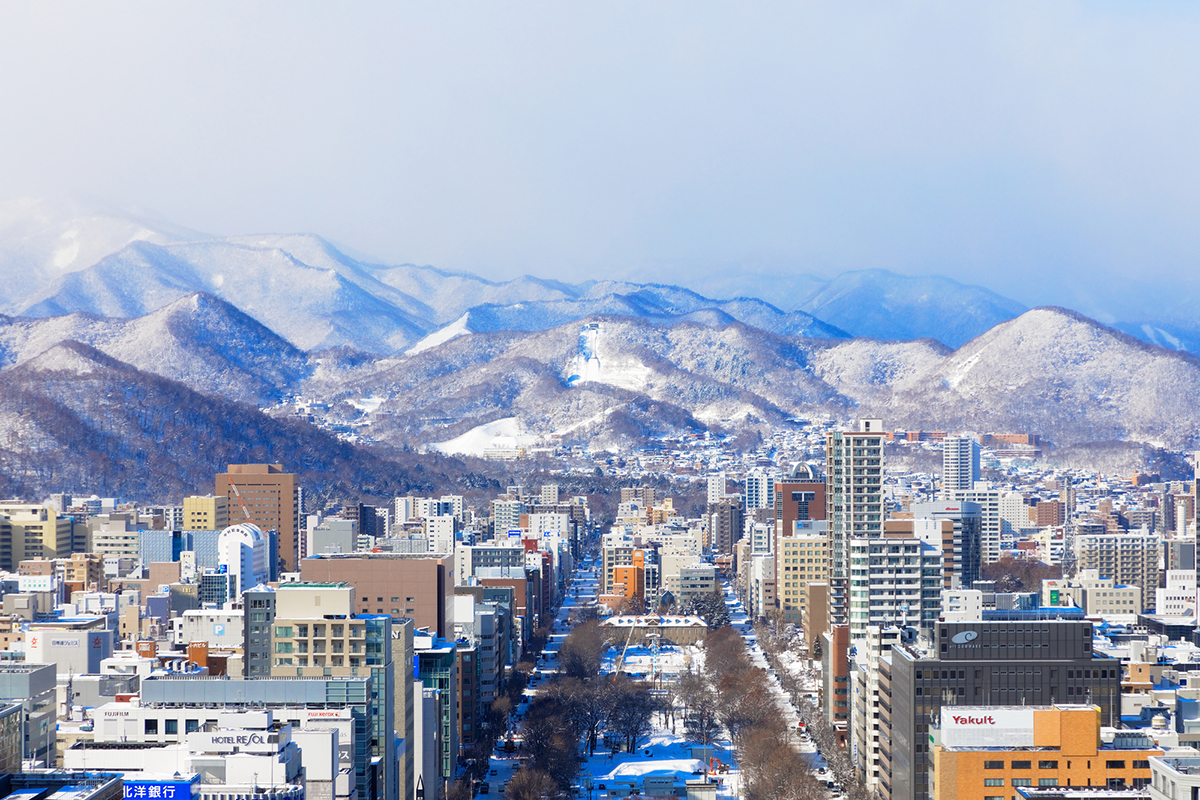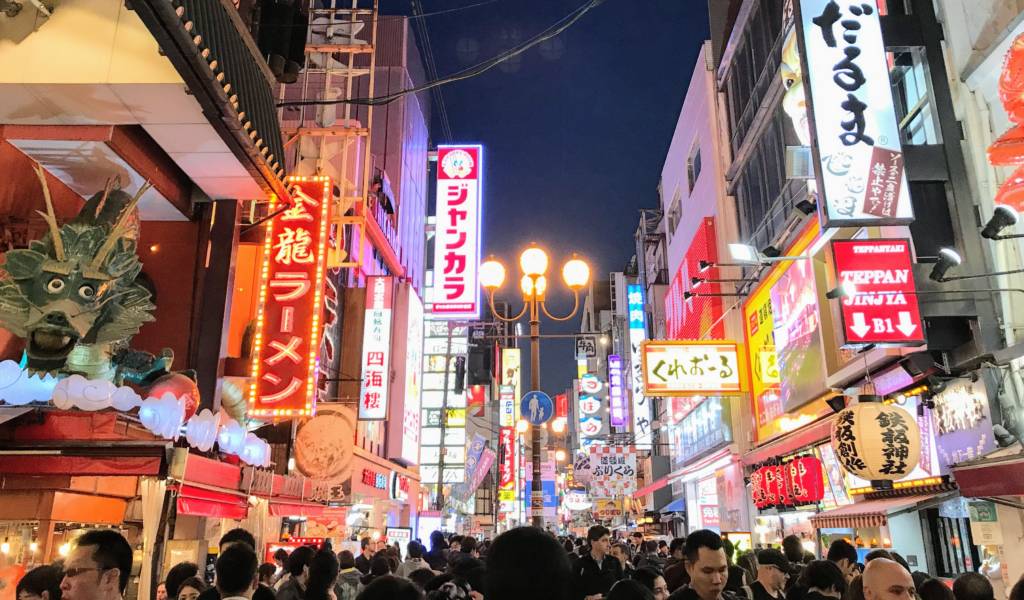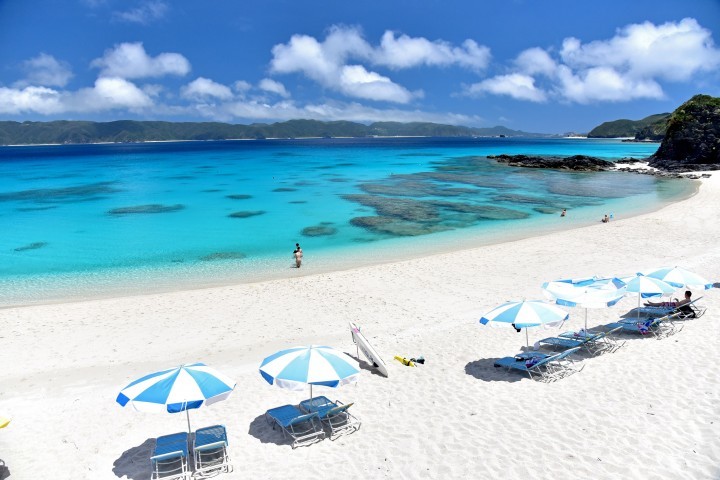
I recently returned from an unforgettable self-drive trip around Kyushu, Japan, and I’m still dreaming about it. Starting and ending in Fukuoka, my journey took me to the relaxing hot springs of Beppu, the proud castle city of Kumamoto, the soulful streets of Nagasaki, and the charming canals of Yanagawa. If you’re thinking about a road trip in Japan, especially Kyushu, I hope my experience and tips will help you plan your own adventure!

Starting Point: Fukuoka
I landed in Fukuoka, Kyushu’s largest city and a major gateway to the island. Fukuoka is a super livable, relaxed city with a great food scene — think Hakata ramen, fresh seafood, and late-night yatai (street food stalls) lining the river.

Tip:
I picked up my rental car straight from Fukuoka Airport. It was surprisingly smooth — just remember you’ll need an International Driving Permit (IDP) if you’re not from Japan. Also, get the ETC card (for electronic tolls) — it’ll save you so much hassle on the expressways.

Do check out Ohori Park for the sakura blooms if you visit in April. However, we arrived too early and so the flowers were not blooming yet. We did not spend a lot of time in Fukuoka, just 2 nights to eat and shop around.

First Stop: Beppu (Approx. 2 hours’ drive)
From Fukuoka, I headed east to Beppu, famous for its onsen (hot springs). You’ll know you’re getting close when you see steam rising from the ground everywhere!
In Beppu, I tried the “Hells of Beppu” (Jigoku Meguri), a collection of steaming, bubbling, and colorful hot spring pools — some too hot to even touch! My favorites were the Umi Jigoku (Sea Hell) with its stunning blue water, and the very quirky Oniyama Jigoku where crocodiles are bred in the warm waters.

Tip:
Parking is plentiful and easy around Beppu’s tourist areas. If you want a truly local experience, try a sand bath — you’ll be buried up to your neck in warm, steamy sand. It sounds odd but feels amazing!


While in Beppu, I couldn’t miss the Beppu Ropeway, Kyushu’s largest cable car, which takes you up to Mount Tsurumi. The 10-minute ride ascends nearly 800 meters, offering breathtaking views of Beppu Bay, Mount Yufu, and even as far as the Shikoku region on clear days. At the summit, you can explore observation decks, walking paths, and shrines dedicated to the Seven Lucky Gods. The scenery changes with the seasons—cherry blossoms in spring, lush greenery in summer, vibrant foliage in autumn, and frost-covered landscapes in winter. The ropeway operates from 9:00 AM to 5:00 PM, with departures every 20–30 minutes. It’s a popular spot, so arriving early can help you avoid crowds.

A Little History:
Beppu has been an onsen town since the Edo period (1600s), and it remains one of Japan’s most prolific hot spring areas.
Second Stop: Kumamoto (Approx. 3 hours’ drive)
Next, I drove south to Kumamoto, a city famous for its impressive Kumamoto Castle. Although the 2016 earthquakes damaged much of it, restoration efforts have been incredible. You can now walk inside parts of the reconstructed castle keep, and honestly, it’s stunning — one of Japan’s top three castles!

Tip:
If you’re planning to stay overnight, look for a hotel around the Shimotori Shopping Arcade — it’s lively, walkable, and filled with good restaurants.
Fun Fact:
Kumamoto is also home to Kumamon, Japan’s most beloved mascot character. You’ll see his cute bear face everywhere — on trains, snacks, even manhole covers!

Third Stop: Nagasaki (Approx. 2.5 hours’ drive)
Driving further west, I reached Nagasaki, a city with a heavy heart and a beautiful soul. Did you know you can take a ferry from Kumamoto to Nagasaki prefecture, then continue the drive to Nagasaki city? Check out my video summary here! Known for its tragic history as one of the two atomic-bombed cities in World War II, Nagasaki today is a symbol of peace and resilience.

I spent time at the Atomic Bomb Museum and Peace Park, both very moving. But Nagasaki has so much more — the Dutch-influenced Dejima, scenic Glover Garden, and a vibrant Chinatown. At night, the night view from Mt. Inasa was absolutely breathtaking — often ranked among Japan’s top three night views.


Tip:
Nagasaki’s roads can be narrow and hilly. If you’re not confident driving around, consider parking at your hotel and using the city’s cute trams for sightseeing.
A Bit of Background:
Because of its port, Nagasaki was one of the very few places open to foreign trade during Japan’s centuries of isolation (Edo period), giving it a unique international flavour even today.
If you’re looking for something totally unexpected in Japan, make a stop at Huis Ten Bosch, about an hour’s drive north of Nagasaki city. It’s a Dutch-themed amusement park complete with canals, windmills, and European architecture! Walking through it feels like you’ve suddenly been transported to the Netherlands — very surreal but a fun break from temples and castles. It makes for a fun day trip from Nagasaki.

Fourth Stop: Yanagawa (Approx. 2 hours’ drive)
After the emotional depth of Nagasaki, it was refreshing to head toward the peaceful canals of Yanagawa. This small town is known as the “Venice of Kyushu,” and the best thing to do is a punting boat ride down its calm canals. It’s incredibly relaxing — the boatmen even sing traditional songs as they row you along!


Tip:
It is advisable to book a canal ride in advance online during the popular summer months. Some of the boat tours can be done in English, but most of them are conducted in Japanese. You can also just show up at the pier; which we did. After parking the car, there was a boat guy who approached us and showed us the way to a shuttle bus which brought us to the start point of the canal tour. We paid ¥10,000 per person and the tour was about 45 minutes. The boatman was entertaining, singing in Japanese, including a Teresa Tseng song and he also climbed up a bridge while we all had to duck our heads when the boat traveled under the bridge.

Don’t Miss:
Yanagawa is also famous for unagi seiro-mushi — steamed eel over rice. It’s a bit of a splurge but absolutely delicious!
Back to Fukuoka
After a leisurely boat ride and a satisfying eel lunch, it was just about an hour’s drive back to Fukuoka.
Nanzoin Temple is an hour east of Fukuoka. Here lies one of the world’s largest reclining Buddha statues — it’s over 41 metres long and absolutely stunning! Unlike the more famous standing Buddhas in other parts of Asia, this one shows Buddha at rest, symbolising his entry into Nirvana. Parking is easy at the temple, and the visit doesn’t take very long — about an hour is plenty unless you want to explore more of the surrounding walking trails.

The statue was completed in 1995 and has become a place of prayer and pilgrimage, especially for wishes related to health and happiness.
When in Fukuoka, it is also a must to check out the main store of Ichiran ramen! This is the original place of this famous ramen chain, with stores operating in Taipei, Hong Kong but sadly not Singapore. This is the main headquarters in Fukuoka, with a 7-storey building. Some might find that it is not worth the hype to queue in the cold, but for us we did it anyway. The wait was around 40 minutes. The staff was very rigid, not allowing us to join the queue until everyone in the party was here. So even though I parked the car which was distance away, they had to wait for me. The concept of Ichiran is the same everywhere, so you get to dine in your own booth, and customise the noodles, thickness of soup base, chilli etc. on a piece of paper which is handed over to the chef.

In Fukuoka, the traffic was quite heavy and finding parking was an issue. So I suggest to go to more of the suburban malls, or to choose a main shopping district for example Tenjin Station and then park the car in the area for the whole day. For some of the shopping malls, spending at the mall would allow you to redeem some credits to offset the parking charges. We spent the last evening having some yakitori at a local neighbourhood before heading back to our hotel. On the final day, our flight out was around noon, so we set off early to the airport and returned our car at the car rental company. We then took a 5 minute shuttle to the airport to check in for our flight.
Final Thoughts
Self-driving around Kyushu was one of the best decisions I made for this trip. Having the flexibility to stop whenever I wanted — at little shrines, roadside markets, coastal viewpoints — made the journey so much richer. The roads were easy to navigate, people were incredibly helpful, and parking was (mostly) stress-free.
If you love a balance of nature, history, food, and culture, I can’t recommend Kyushu enough. It’s Japan with a slightly slower, friendlier, more soulful vibe. ✨


